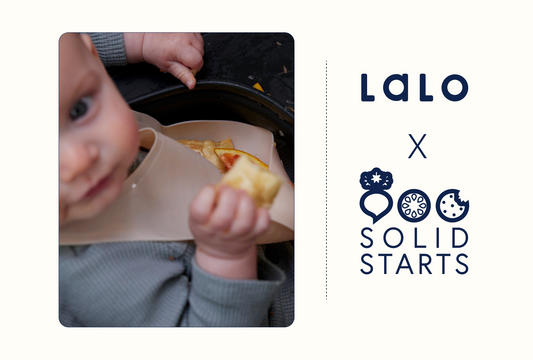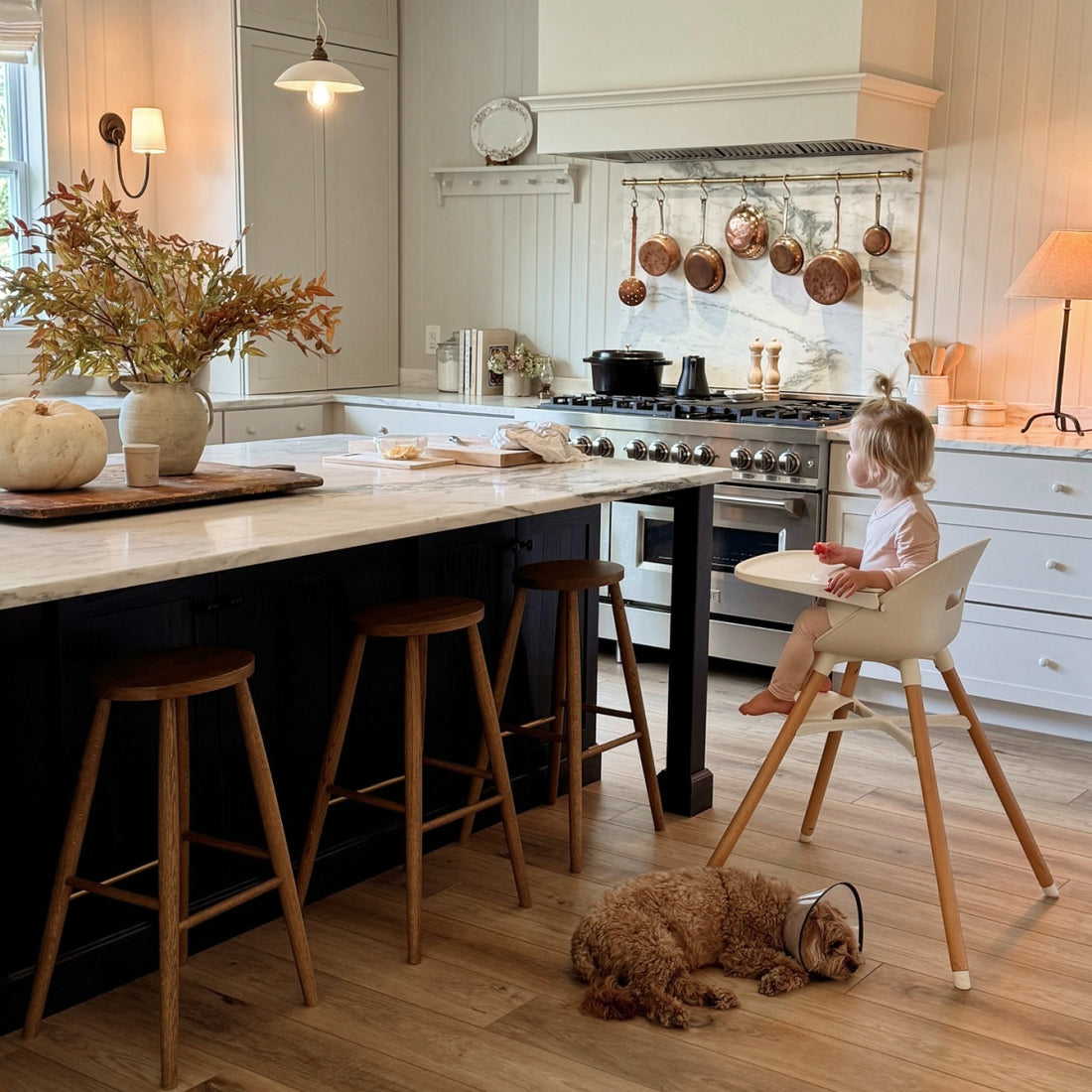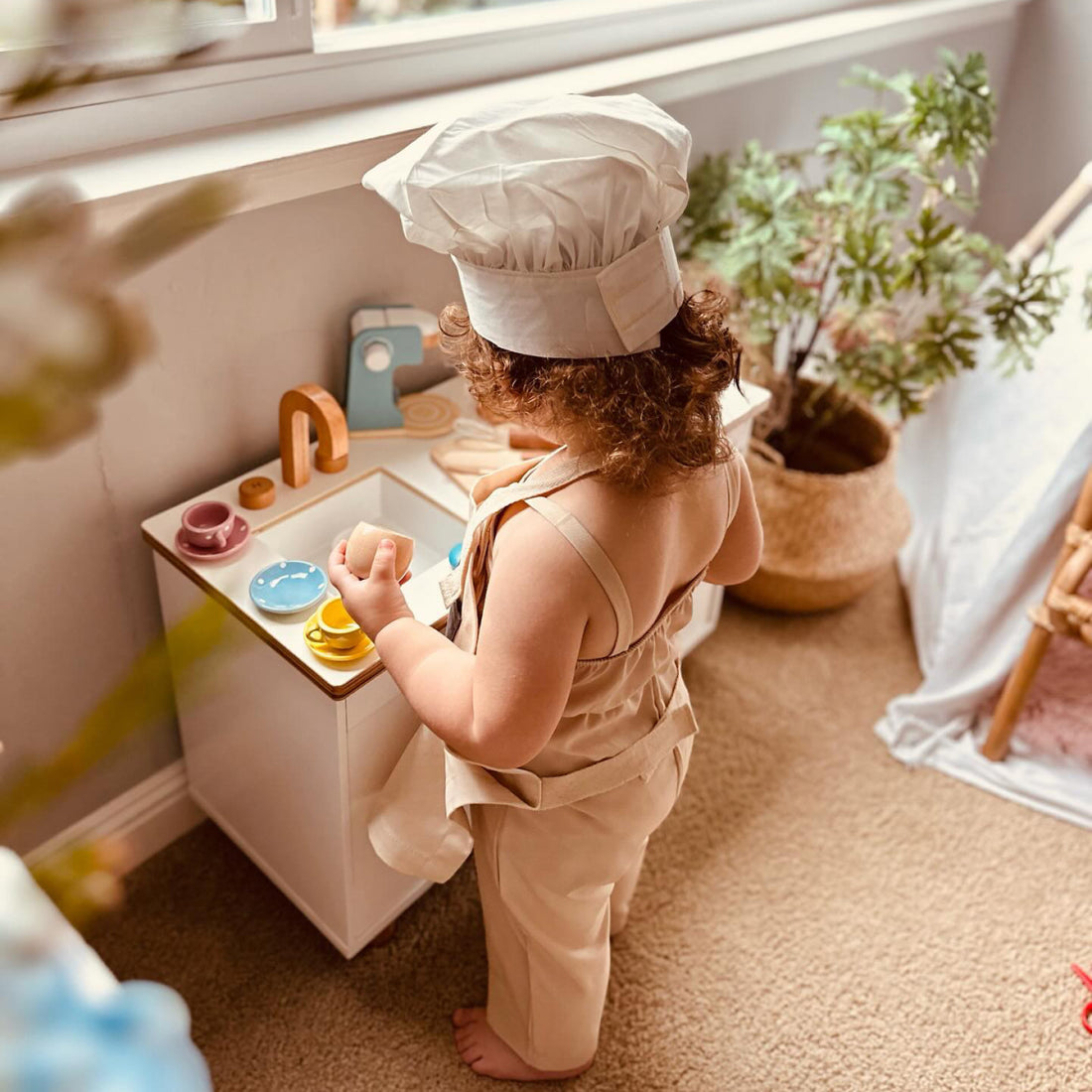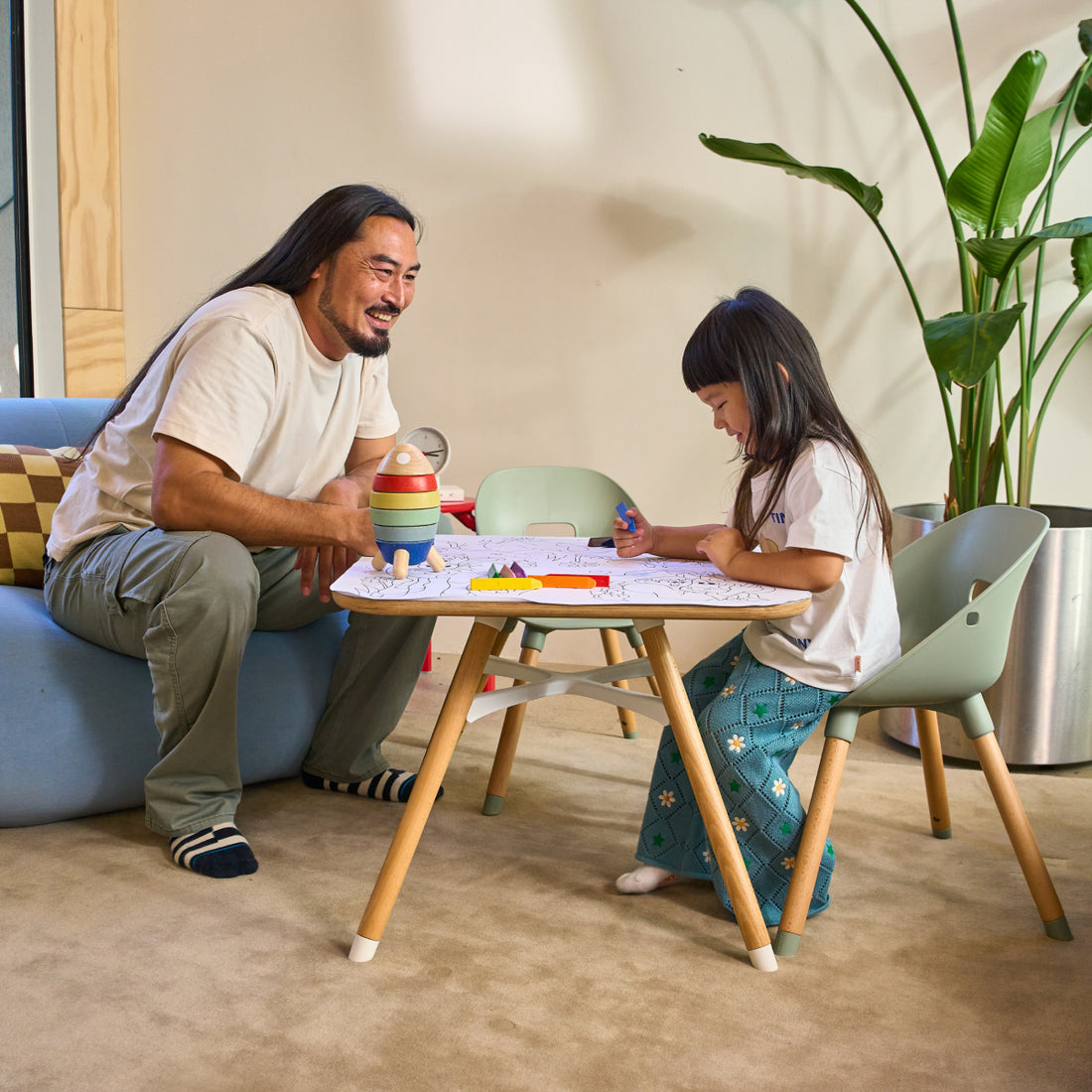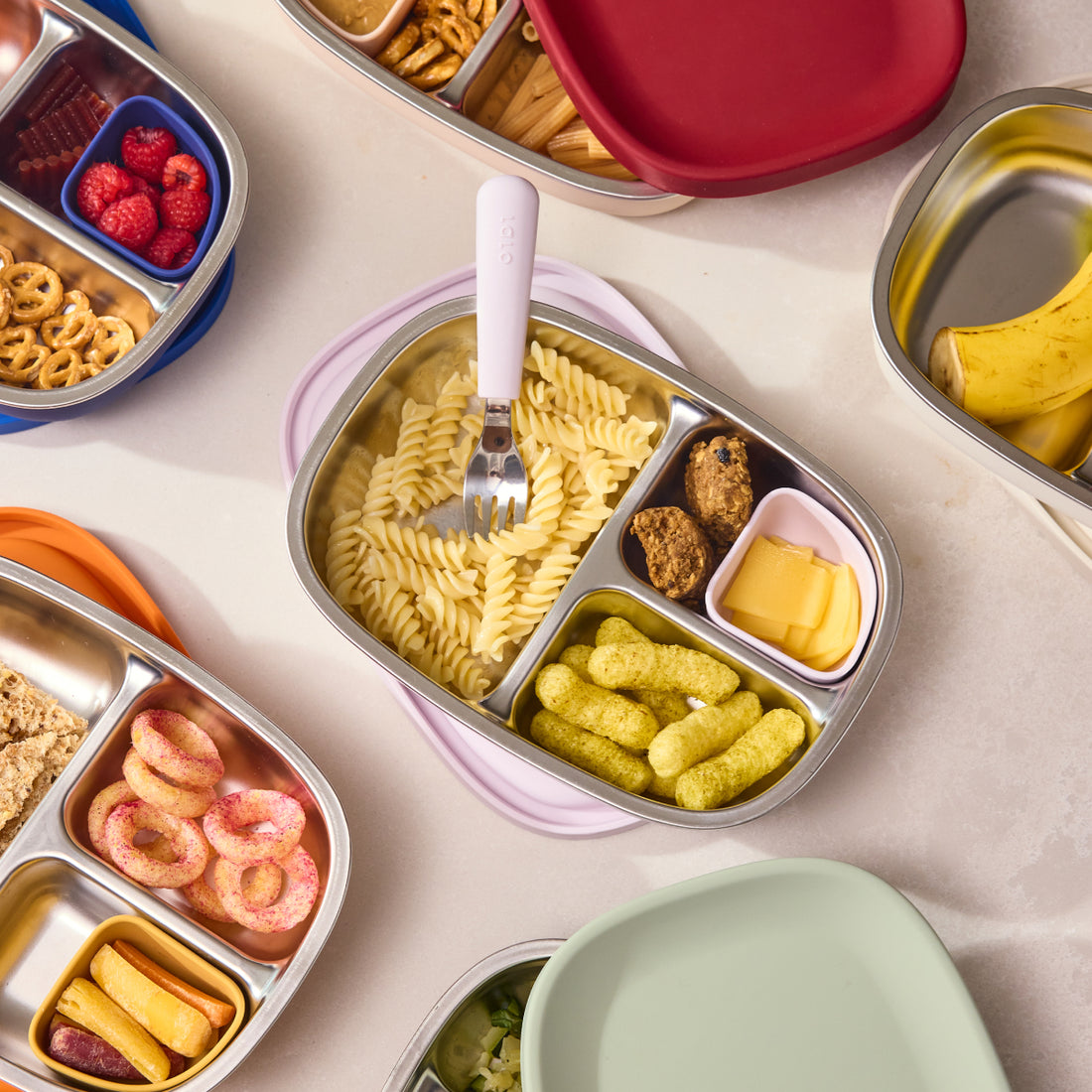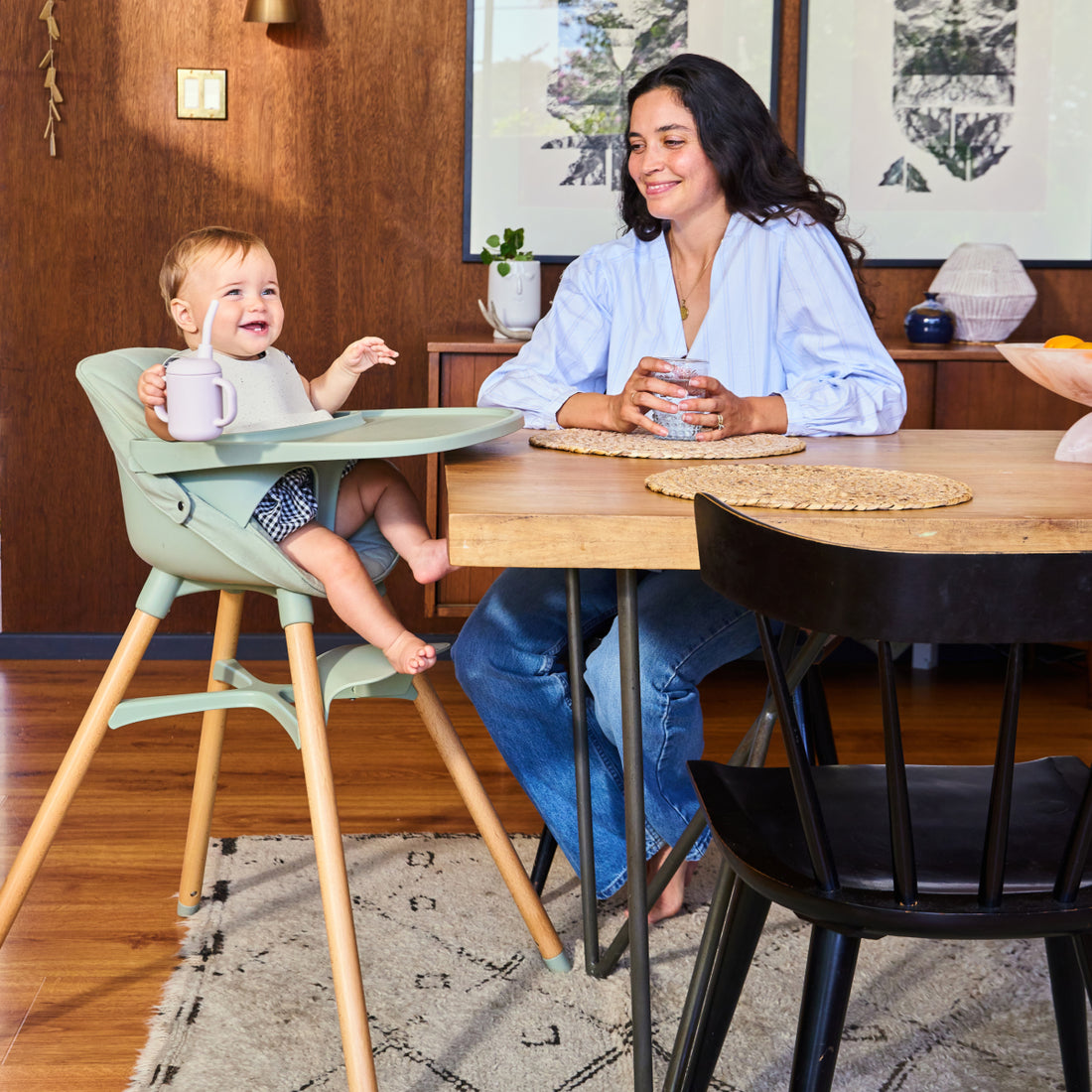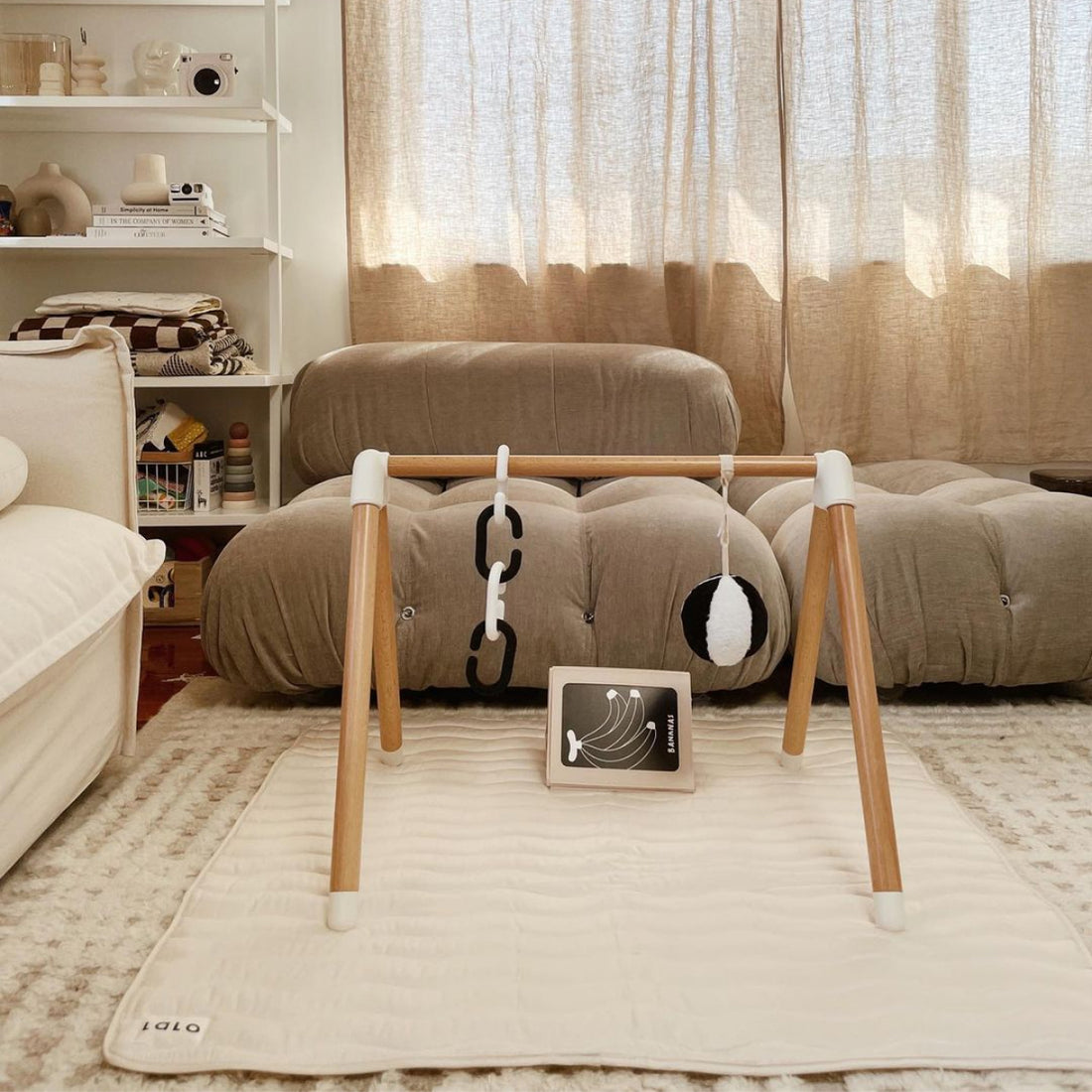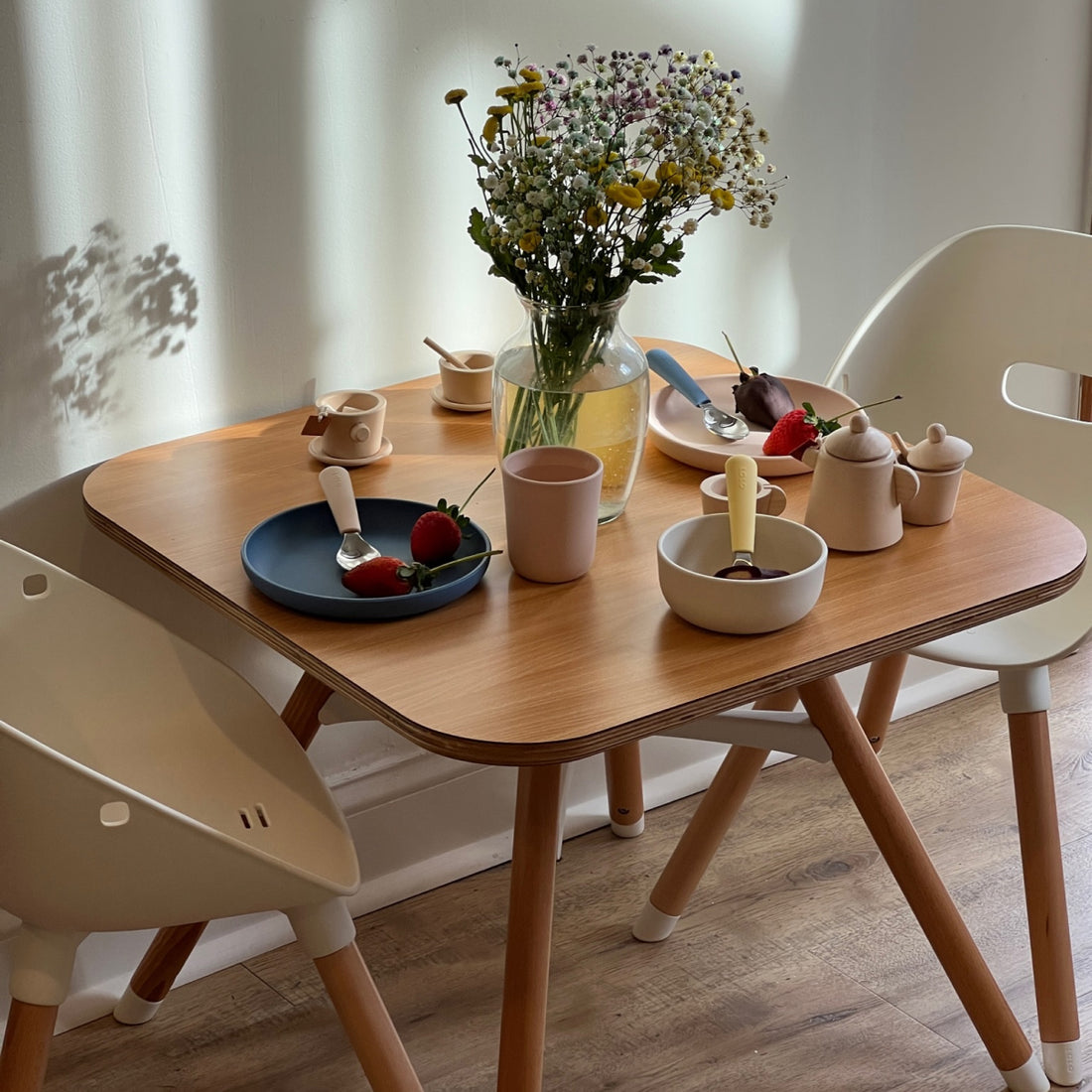Watch the webinar:
We know that starting solids can be a daunting transition — from worrying about choking hazards, to understanding allergy signs, to even just learning how to introduce solids in the first place and we want to be there for you every step of the way!
Read on below for tips to get started on your journey with your little one!
1. Signs of readiness
-
Most healthy, full-term, typically developing babies are ready to start eating solid food around 6 months old. Before you dive in, however, make sure your baby has reached these critical developmental milestones:
-
-
Sitting: Baby is able to sit with minimal support
-
Head Control: Baby is able to hold head upright and steady while seated for duration of meal (about 15 minutes)
-
Reach & Grab: Baby is able to pick up objects while seated and easily bring them to the mouth
-
Interest: Baby intently watches you eat, mouths for food, or leans forward for it
-
-
Read more from Solid Starts here
2. Methods for Starting Solids
-
There are 3 basic approaches to starting solids:
-
-
Baby-led weaning
-
Spoon-feeding
-
Combo feeding
-
-
How to feed your baby is a personal decision and will be viewed differently in different cultures. Regardless of which approach you take, aim to offer baby finger food for them to practice self-feeding by 9 months old.
-
Read more from Solid Starts here

3. Allergens and what to look out for
-
Before introducing major food allergens, it’s important to know if your baby is at an increased risk of developing food allergies. A food allergy can develop at any point in a person’s life, but there are risk factors that you can identify early on:
-
-
Severe eczema: Eczema is a common childhood rash caused by a defect in the skin barrier and tends to present as dry, inflamed, and intensely itchy patches on the skin.
-
-
Existing food allergies. While not as much of a risk factor as severe eczema, if your baby has an IgE-mediated allergy to one food, they may have a higher risk of developing another food allergy.
-
If your baby has either of the above risk factors, work closely with your pediatrician, family doctor, or pediatric allergist early in your solid food journey. Otherwise, aim to introduce the common food allergens between 6 and 12 months of age, and regularly maintain them in the diet after introduction.
-
With the latest guidelines to introduce allergens early, our hope is that the number of babies and children with allergies will start to decline.
-
Read more from Solid Starts here
4. Gagging vs. choking
-
Gagging can feel startling when you’re just starting out on solids, but it’s a natural reflex.
-
Know the main differences between gagging and choking:
-
-
inability to cry
-
difficulty breathing
-
skin tugging into the chest
-
look of terror
-
high-pitched sounds
-
skin color changes (ranging from blue to purple to ashen-like)
-
- Read more from Solid Starts here

5. Feeding schedules + how to get started
-
Generally speaking, 6-8 month olds should have 1-2 solid meals when they first start
-
Baby is likely bottle-feeding six to eight times per day, with most still taking one or more bottles during the night. If your baby is taking more or less than this number of bottles and is growing well, peeing and pooping as expected, and overall thriving, then you are likely feeding just the right amount for your baby. Your baby should not decrease the number of bottles they are taking yet, even with the new addition of a solid food meal. When first starting solids, breast/human milk or formula should still be baby’s primary source of nutrition.
-
We recommend one mealtime per day at this age, though if you and baby have the time in your day and both enjoy being at the table, you are welcome to offer solids twice a day. You might need to offer a "top-off" bottle after solids if baby still exhibits hunger, as many babies will not eat much during meals when they are first getting started.
-
Read more from Solid Starts here
Meet The Expert at Solid Starts

Kim Grenawitzke
Pediatric occupational therapist, feeding & swallowing specialist, international board-certified lactation consultant.
Specializing in infant and child feeding, eating, and swallowing, Kim has spent the majority of her career in pediatric acute care at some of the largest children's hospitals on the west coast, focusing specifically on neonatal (NICU) feeding and swallowing, breastfeeding with high-risk infants, and infant/pediatric cardiac rehabilitation. In addition to her hospital-based work, Kim counsels families struggling with breastfeeding, transitioning to solids, selective/picky eating, tube weaning, and oral motor/chewing. Kim is mom to Maeve (4.5y) and Blythe (2y) and enjoys cooking with her husband, Will, and chasing after her Golden Retriever, Bailey.

